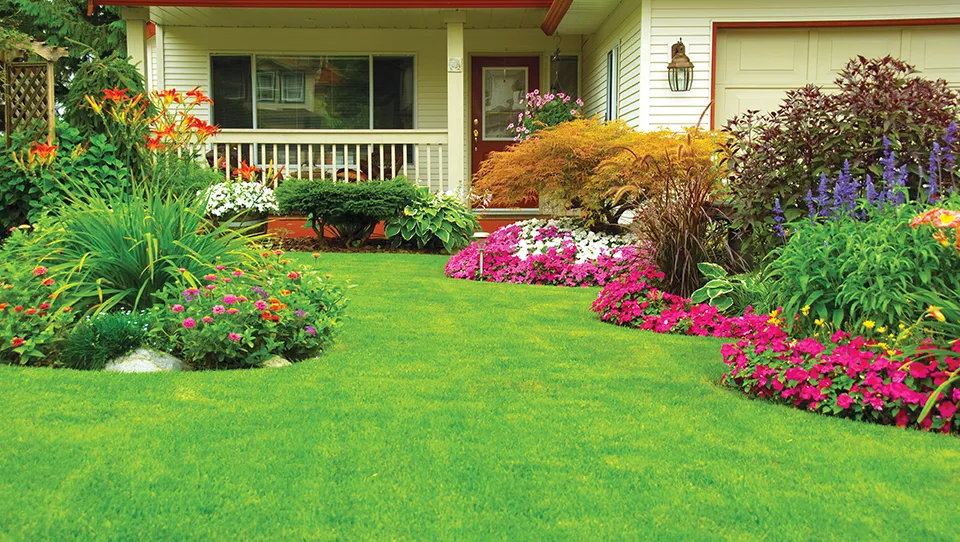Home Improvment
Proven Solutions for Keeping Lawns and Shrubs Lush All Year Round

Why Healthy Lawns and Shrubs Matter
Healthy greenery enhances home aesthetics and contributes to health, environmental, and social benefits. Research shows green spaces lower stress, encourage exercise, and improve attention spans. In urban areas, yards and gardens reduce heat, act as natural sound barriers, and support local ecosystems.
Green spaces with rooted plant life offer erosion control, soil anchorage, surface runoff reduction, and flood slowdown. They function as “green infrastructure,” filtering rainwater, trapping toxins, and absorbing carbon dioxide. For homeowners considering ways to maximize these benefits but unsure where to start, reaching out for professional lawn care services can streamline maintenance while ensuring plants receive the specialized care they deserve.
Top Challenges Affecting Lawn and Shrub Health
Outdoor spaces are susceptible to environmental stresses, including weather patterns, pollution, improper irrigation, and insects and diseases. These stresses can cause browning, scorching, root rot, mold outbreaks, and compacted soil. Common warning signs include brown patches, wilting, stunted growth, leaf drop, and sudden bare spots. Over-fertilization can weaken plants and encourage disease. Proactive homeowners can maintain healthier, more resilient green spaces by regularly monitoring and testing soil, preventing small problems from becoming major emergencies.
Eco-Friendly Maintenance Methods
Sustainability is becoming the gold standard for lawn and shrub care, with homeowners opting for organic mulches, composted yard waste, and earth-friendly fertilizers. These practices restore soil life, conserve nutrients, and prevent water pollution. Choosing native plants and regionally adapted shrubs reduces water needs and minimizes invasive species introduction. Tools like drip irrigation systems and rain barrels offer efficient watering without waste. Eco-friendly maintenance encourages beneficial insects and birds, making every yard a vital wildlife habitat. This approach creates healthier yards with less effort and cost over time.
Integrated Pest and Disease Management Tips
Integrated Pest Management (IPM) is a method that balances plant health with pest control without chemical spraying. It involves selecting resistant grass and shrub varieties, promoting beneficial predators like ladybugs and lacewings, and removing dead debris to reduce disease risk. Early detection is crucial, and minor infestations can be addressed by hand-picking or spot-treating. Chemical products should be rotated to avoid pest resistance, and label instructions should be followed to protect non-target species.
Essential Resources for Homeowners
Homeowners can find resources like local cooperative extension offices and national gardening publications that offer region-specific advice on soil, seasons, and pest management. Community workshops, online videos, and written guides provide step-by-step instructions on various aspects. Investing in ongoing education, such as master gardener programs, seminars, and horticulture columns, can make maintaining landscapes healthier and more rewarding. The journey to lush, low-maintenance lawns and shrubs begins with the right knowledge.
